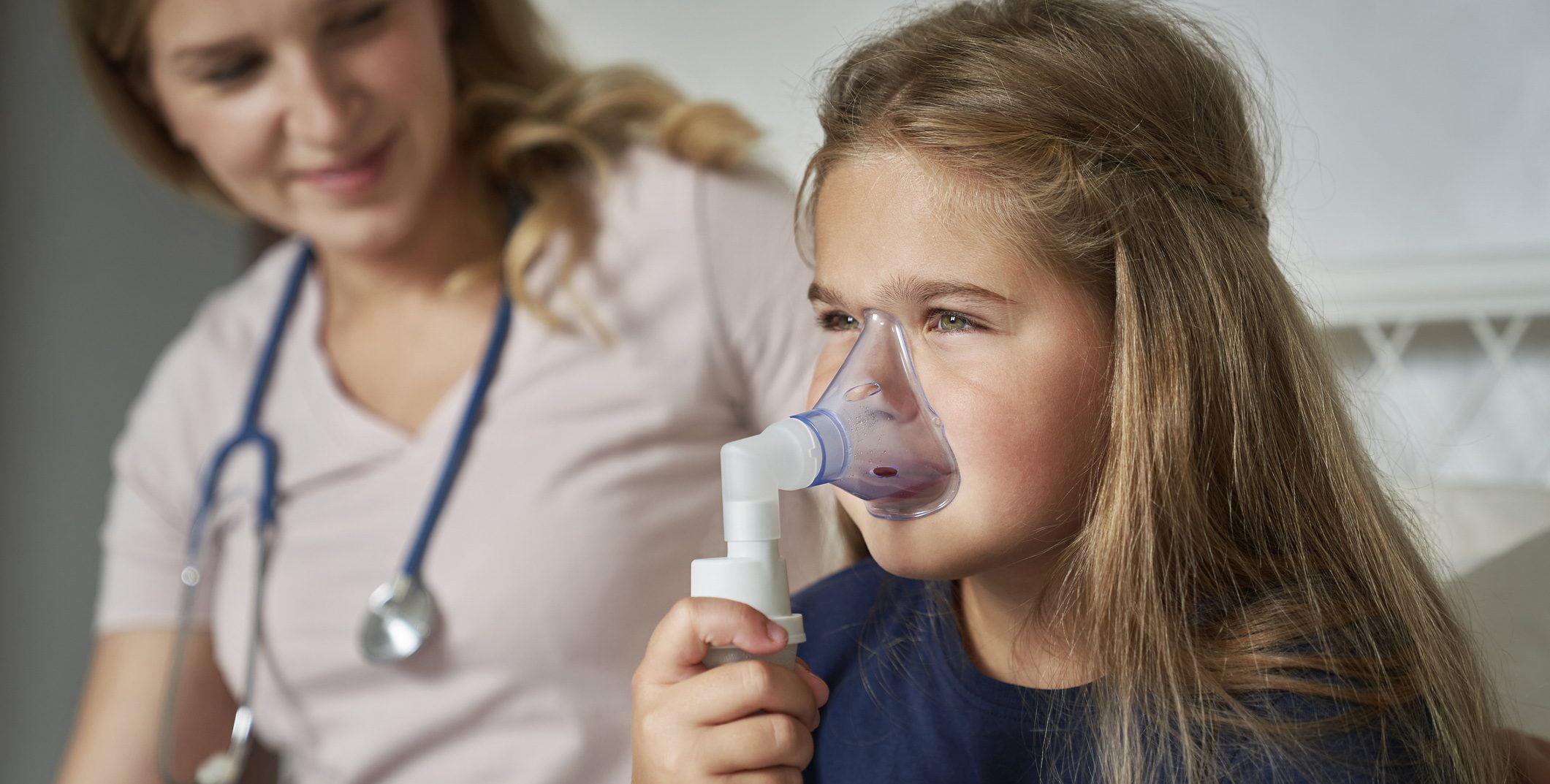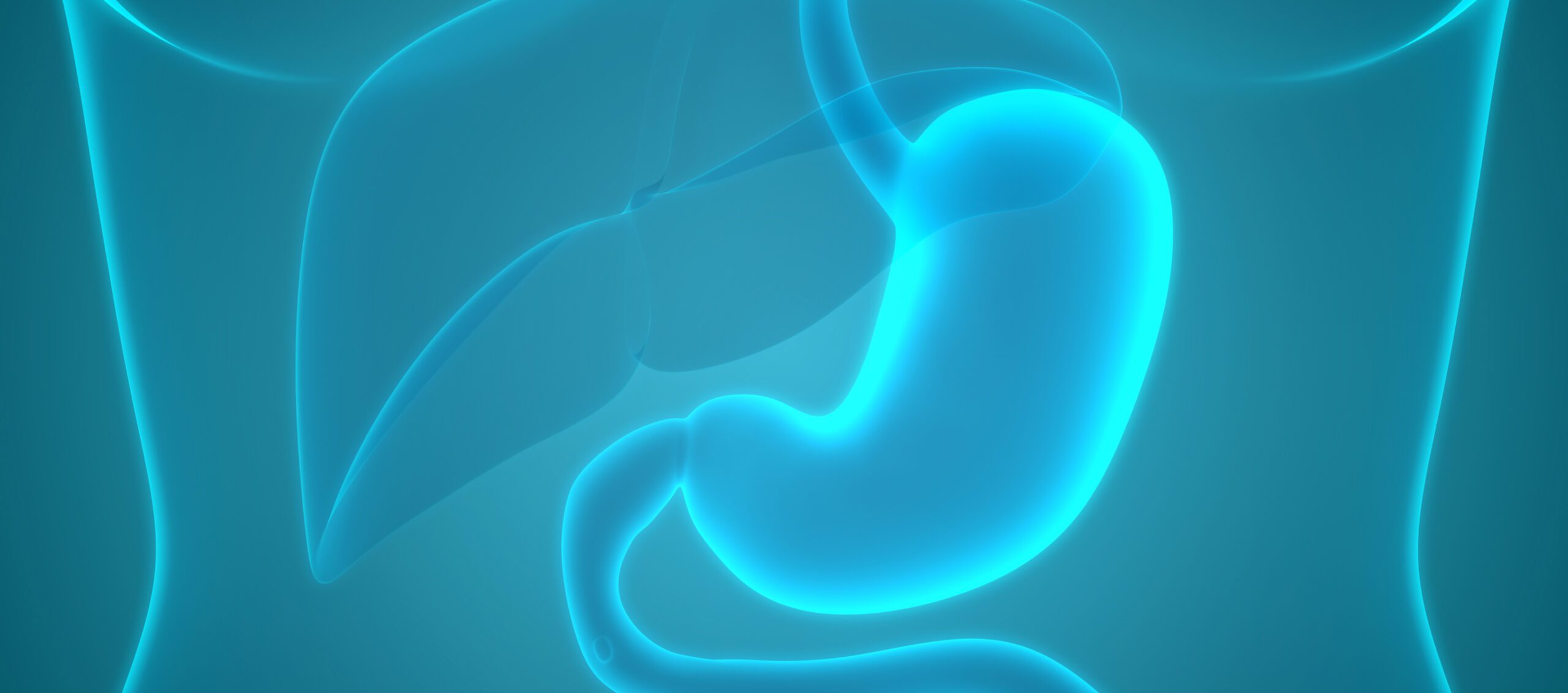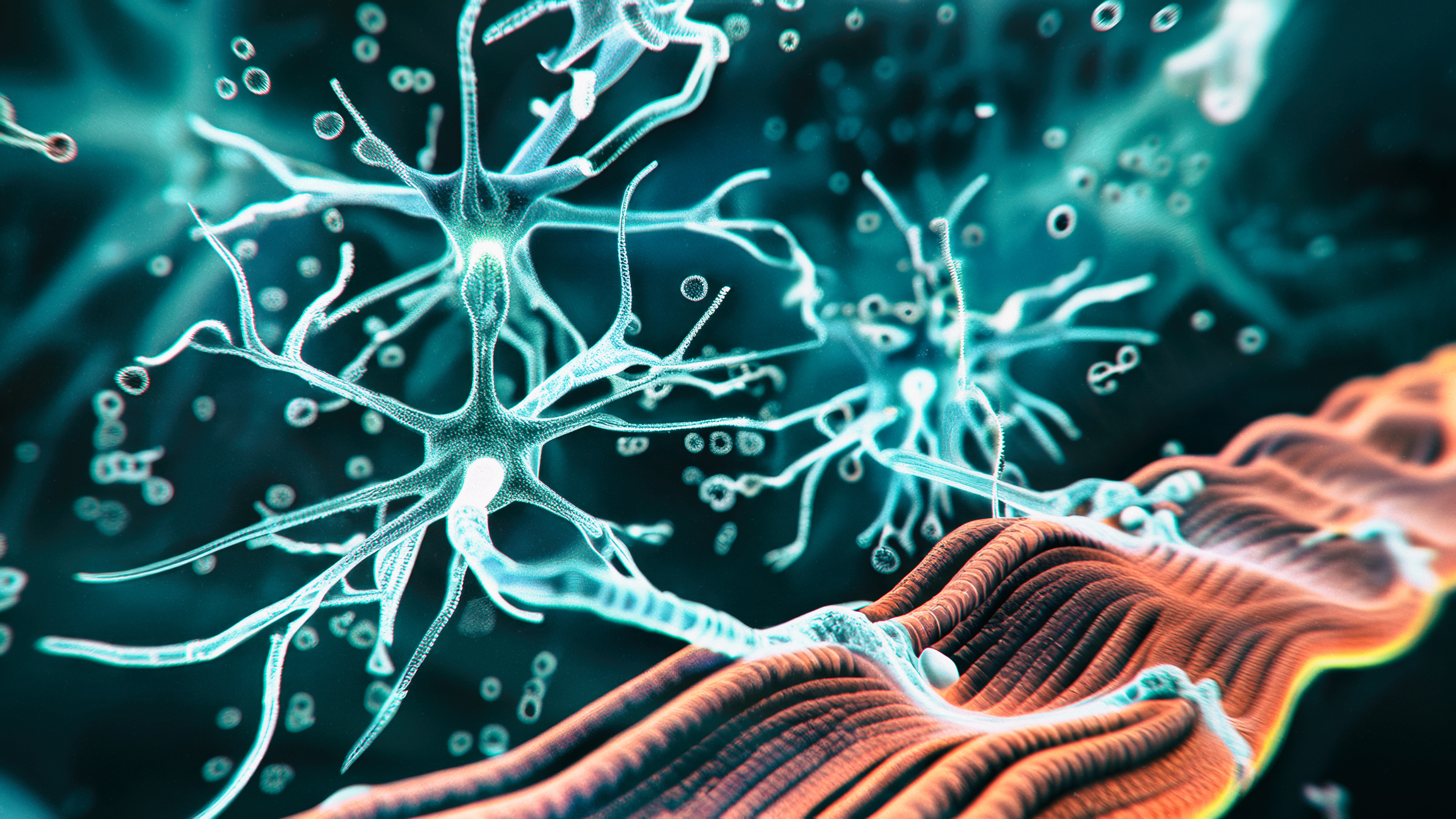Already in childhood, the first symptoms may appear – obsessive-compulsive disorder. They are among the most common mental disorders. Often concealed, treatment rates are low. There are good therapeutic options for this.
Obsessive-compulsive disorder is a neuropsychiatric disorder and usually manifests between the ages of 18 and 25, although initial symptoms may appear in childhood. The disease often accompanies those affected throughout their lives and carries a high rate of psychiatric comorbidities. It also has a strong impact on everyday life, professional performance and social relationships, as Prof. Ulrich Voderholzer, MD, Prien am Chiemsee (D), made clear. Intensive research on phenomenology, psychobiology, pharmacotherapy, and psychotherapy has contributed to a much better understanding of the entity. For example, similar to other neuropsychiatric disorders, genetic research revealed more multiple and complex genetic factors, with heritability accounting for approximately 40%.
Progress has been made with regard to obsessive-compulsive spectrum disorders, which have been upgraded as independent disorders by the changes in the DSM-5 and also ICD-11 classification systems, the expert said. With the classification as obsessive-compulsive spectrum disorders, such as hypochondriacal disorder, body dysmorphic disorder, olfactory reference disorder, pathological hoarding, and other disorders, the focus is directed more strongly to the typical symptoms that also occur in obsessive-compulsive disorders, such as repetitive behaviors, rituals, and avoidance behaviors, which in turn represent starting points for more effective, primarily psychotherapeutic therapy concepts (Fig. 1).

Ritual or compulsion?
To understand obsessive-compulsive symptoms, scientists have observed behavioral routines in animals. Motor stereotypies, repetitive and ritualized behavior is ubiquitous in the animal kingdom. Ritualized behavior also occurs in all human cultures and is conserved over long periods of development. For the transition between routines and ritualized behavior (ritualized here means redundant, no longer required or functional behavior), specifically unstable, hard-to-predict environmental conditions play a role. Rituals in humans then have a balancing or equilibrium function, especially under unstable, hardly predictable environmental conditions, in order to reduce anxiety and to create an experience of control and predictability for one’s own person.
A Danish cohort study of 1.3 million children assessed the annual incidence for psychiatric diagnoses. For the first time, it was thus also possible to record the course of incidence rates and also the cumulative incidence for obsessive-compulsive disorder up to the age of 18 . There was an increasing incidence for obsessive-compulsive disorder as early as 6 years of age. Up to 12 years of age, girls and boys were affected at about the same rate; from puberty onward, the incidence rate was higher in girls compared with boys. In girls, the cumulative incidence by 18 years of age reached just under 1%, and in boys, 0.6%. “This epidemiological study shows that obsessive-compulsive disorder manifests as early as 6 years of age. Approximately 50% of childhood obsessive-compulsive disorders occur before the age of 13,” the expert cautioned.
State of the Art Therapy
Therapies with the highest evidence for obsessive-compulsive disorder include cognitive behavioral therapy (CBT) with exposure and response management and selective serotonin reuptake inhibitors (SSRIs and clomipramine). In addition, there is evidence for atypical antipsychotics and other augmentation strategies for treatment resistance (Table 1). Several new therapeutic studies exist on neurostimulation procedures. However, the relevance to the care of people with OCD of these procedures remains extremely low.

However, the most effective therapy for compulsions is too rarely used worldwide. Voderholzer summarizes the current problem of KVT application as follows: Rejection or discontinuation of treatment with CT and exposure affects about one third of patients and is thus comparable or even lower than in other psychotherapies. The review of the work between the sessions is particularly important, as the success of the therapy depends significantly on this. However, the rejection of CT with exposure is not the central problem of care, but rather the far too infrequent use overall, despite decades of very good evidence for the high efficacy of CT with exposure. Improving the dissemination of CT and reducing barriers to its use are the most important challenges to improving care.
Source: “Obsessive-compulsive disorders and obsessive-compulsive spectrum disorders,” lecture and abstract. Psychiatry UpDate 2020
Literature:
- Stein, et al: Nature Reviews Disease Primer 2019; 5: 52.
- Hohagen F, Wahl-Kordon A, Lotz-Rambaldi W, Muche-Borowski C (eds.): S3-Leitlinie Zwangsstörungen. 2014. Berlin: Springer-Verlag.
InFo NEUROLOGY & PSYCHIATRY 2020; 18(2): 30-31 (published 3/24/20, ahead of print).












